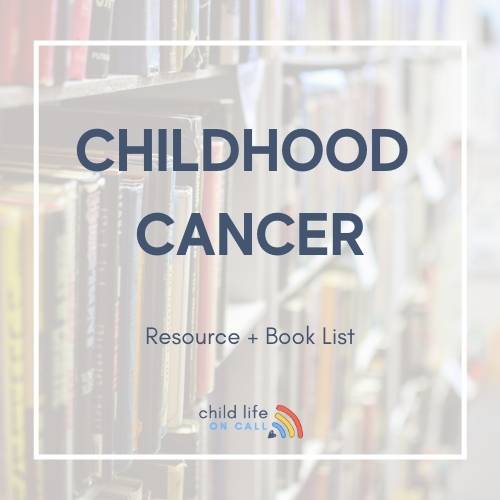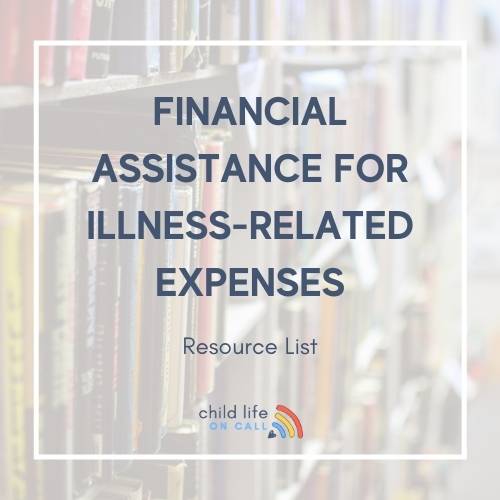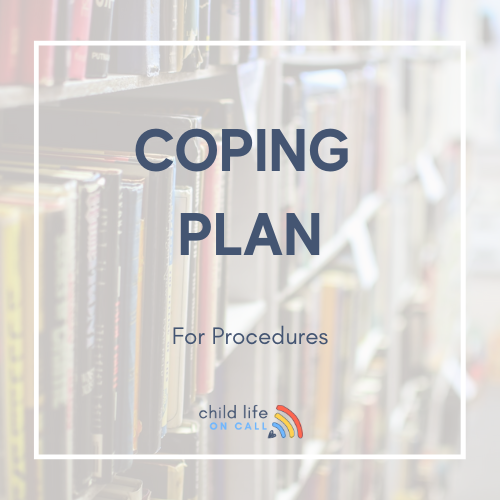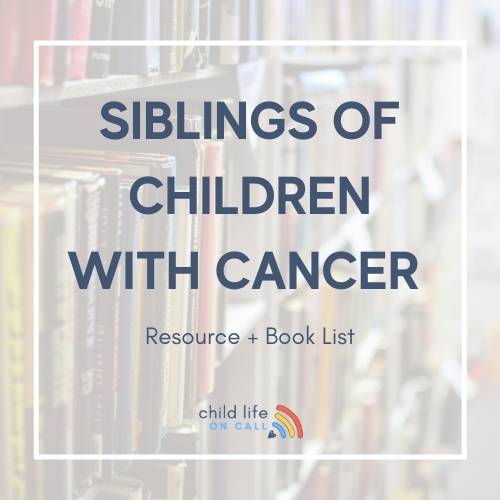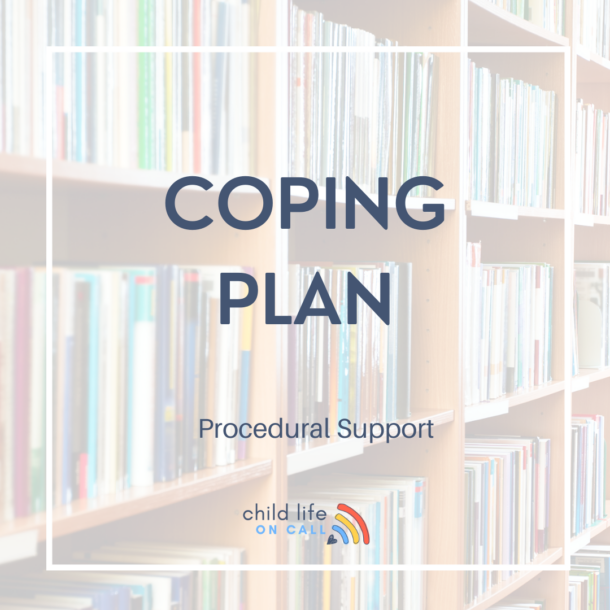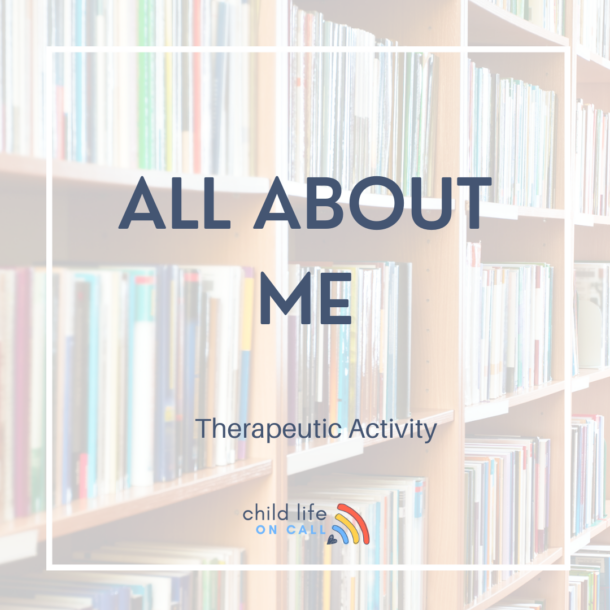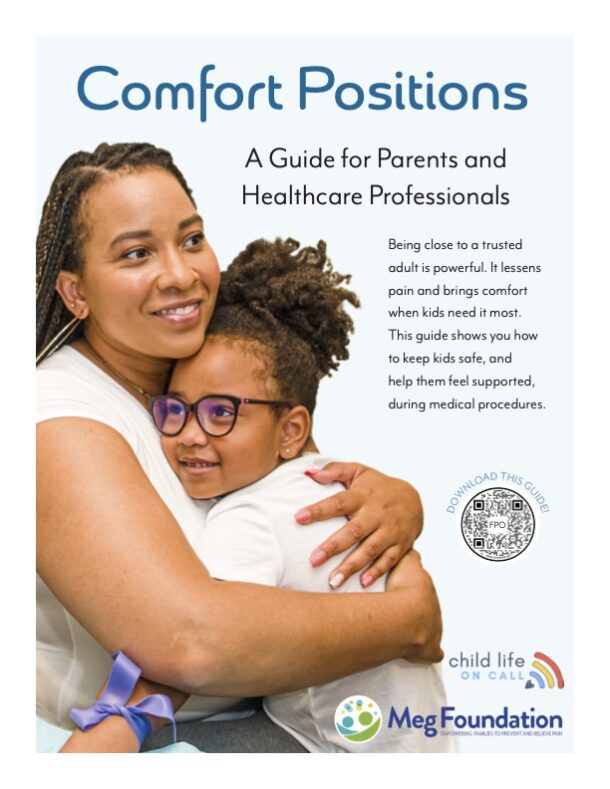April is Child Abuse Prevention Awareness Month. We have reposted this episode to bring awareness and give you tangible tools to speak with your kids about child abuse. Today’s guest expert is Jane Donovan, who is a child abuse prevention advocate. "And like we say in...
Episode 91 | How Do You Explain the COVID-19 Vaccine to Kids?
Podcast Show Notes
For today’s 12 minute talk, I’m talking about the COVID-19 vaccine and how to discuss it with kids. I’m going to give you some ideas, with the caveat that you don’t have to use the exact words I use. You know your child best.
This is also not meant to be an episode that tells you to get your child vaccinated. That is not my area of expertise. You can discuss that with your child’s doctor and your family. If you are deciding to get the vaccine, I think it’s important to have a conversation with your child ahead of time. I want to empower you to have this conversation with your kids, and you could also play this podcast with your kids to jumpstart it. If you want to skip forward in the episode to my message, I’m going to talk directly to your child.
In this episode, we talk about…
[2:24] Having an open and supportive conversation with your child
I think there needs to be a level of preparation and understanding, especially for children who are school age. They have heard of COVID-19, they have seen the masks, and their world has been different for the past couple years. It’s important to acknowledge that, and to come to them with complete openness and support to have this conversation.
Another way you can approach it, is simply to tell your child about your decision to give them the vaccine. As long as you leave it open-ended and allow them to ask questions, you can let them know that this is what you all are doing as a family. Remind them that we get vaccines every year, and they help protect us and other people from diseases.
[3:31] Incorporating your own experience into the conversation
A good way to start this discussion is to talk about how you have been through the experience already. I assume that if your child is going to get a vaccine, you have already decided to get one for yourself. This gives you the added bonus of being able to build on your own prior experience. For some kids, it helps to take some pressure off and relieve some stress if they know that Mom and Dad (or Grandma and Grandpa, Aunt and Uncle, etc.) have already done it and they’re okay.
[4:06] The preparation portion of the conversation
In the preparation portion of this conversation, you have related to them because you have gone through the experience before, and now we want to normalize the experience by talking about similar things they have done before. They have gone to the doctor’s office and gotten vaccines before.
We can also walk them through the sequence of events, so that they know exactly what to expect. We will go to the doctor’s office, and I will stay with you the entire time. They will have to clean your arm (or your leg). We may have a choice about which arm or leg you want to use for the vaccine. You can remind them about the cold feeling as they wipe your arm, or the way the wet wipe looks. Then, it will be time to get the medication. The medication comes in the form of a small poke, which is a needle that goes into your arm or leg and delivers the medicine. After one or two seconds, the needle comes out, the band-aid goes on, and that is when you know it is over.
[5:52] Empowering your child
Once you have gone over the sequence of events, you are starting to empower your child with the choices they could make. This is also a good time to check in and see what your child’s reaction is. Do they have questions? Are they having an emotional response? Some children get very nervous about needles. This is the time to connect with them and validate their feelings. You can also remind them that getting the vaccine is not a choice they can make, but there are aspects of the experience that they can make choices about in order to make it the easiest and best experience possible. We are acknowledging their feelings and offer validation while still being firm and consistent. We can do that with compassion.
Another important part of the preparation process is visualizing the end. When the shot is over, the pain will be done. You can help your child to visualize what it will be like to put on the band-aid and walk out of the office, then get into the car and drive away.
As I am recording this 12-minute talk, I am not sure whether children will need one or two shots. I am going to speak as though they will need two, because that is probably a challenging conversation to have. We should let them know upfront that they are going to have to get this medication two different times. We will go and get one shot, and then a couple weeks later we will have to go back and get another one. The experiences will be the same, and we know you will be able to get through both of them.
[7:13] Checking in with your child after the first shot
It is also important to check in with your child after the first shot is done. Talk about what went well, and what they might want to change for next time. Ask them what the cleaning was like, and if they got the band-aid they wanted. Would they want to bring a comfort item or a squeezy ball or fidget spinner next time? It can be a brief conversation, but checking in will help them feel more comfortable and in control before getting the second shot.
[8:24] Not feeling well after getting the vaccine
This vaccine experience might be different from their previous experiences because they may not feel well after getting their shots. I know adults have experienced up to 48-72 hours of not feeling great after they get their vaccines. You can take that as it comes, and gauge how they are reacting to the information you have provided thus far. If they have a lot of questions about how they will feel after, you can again share your experiences or those of others your child would know. For example, you can tell them that you didn’t feel well for a couple days but it helped to lay down and take extra naps, and to drink a lot of water. Simply acknowledging that this may be part of their vaccine experience can be helpful to prepare them.
[9:20] My message for your child(ren)
Hi everybody. My name is Katie. I’m sad that I don’t get to be with you in person, to be able to chat with you about this face to face, because I think that’s way more fun to be able to get to meet each other in real life but this is the way we’re going to do it so you get to hear my voice.
My job is a child life specialist. You may have never heard of that before, and that is totally okay. My job is kind of like a teacher in the hospital. We work with doctors and nurses, and we help kids understand why they have to come into the hospital and have certain medications, and how to deal with all of the stuff that comes with it. So just like your teacher helps you learn about math, I help you learn about the doctor’s office.
I’m here to chat with you and your family today because I’m sure you’ve heard the words COVID-19 or coronavirus before. If you’ve heard that word, you know that is why we’re wearing masks in a lot of places. Maybe you had to stay home from school last year. It caused a lot of change, and one change is that they have developed a medication to help stop the spread of COVID-19. That means the disease will start to go away, slowly but surely, within our community. The more people that get this medication, the faster it will go away.
I want to talk with you about how kids get this specific vaccine. So first of all, what is a vaccine? It’s spelled V A C C I N E, not V A X like it sounds. This is the medication that is made special through lots of testing to give your body a little bit of the virus that is making you sick. Because it’s so teeny tiny, it actually helps your body become so smart to fight it if you really were to get infected.
The way you get this vaccine is just like when you go to the doctor and you have to get other kinds of medications or vaccines. You will go to the doctor, and an adult will drive you and go in with you. You will both go inside, and meet with a nurse. The adult might have to sign a form, and they will have you sit on a chair or a bed. And I’m going to tell you a secret – you can probably ask to sit on the chair or the bed, whichever you prefer. That is a choice you can make. There is always a chance they may say no, but that’s okay. At least we did our best asking our questions.
After you sit down, they are going to clean your arm or your leg – wherever you are going to get your shot. They need to clean the area first to make sure there are no germs. They are going to take a little white square tissue that feels kind of cold and wet, and use the antiseptic on it to clean a small spot on your arm or leg. I have been with lots of kids before who had this done and they said it feels kind of cold, but not too bad.
The next step is when they’re going to actually put the medicine inside your body. Remember, this is the super smart medicine that is going to help so many people, including yourself and your family. The medicine goes in with a small, little poke. This poke is a tiny needle that has to get through your skin. It doesn’t go in too far – just a little bit. The medicine goes drip, drip, drip inside your arm or your leg and then the needle comes out. So in total, the little needle is in there for about 2-3 seconds. Let’s count that together: 1, 2. Hey, guess what? If you were getting your vaccine, you would already be done with it!
After that’s done, they put a band-aid on. And guys, this is another thing I think you could do – you could bring a fun band-aid so that you get to choose the band-aid you wear after your vaccine. So after that is done, you will say thanks to the nurse and you’ll be all done. You will get off the chair or the bed, walk out of the doctor’s office, and get back in your car.
I hope that was helpful. If you have any questions, you can ask your trusted adults like your parents or your teacher, and they can help answer them. I want you to know that you are so smart. I know you can get through all of this, and we are so proud of everything that you’re doing. I hope you’re proud of yourself too.
Have you heard? The Child Life On Call mobile app for parents, kids and their care team will be available in 2022. Sign up to stay informed here
Child Life On Call is a community of parents and professionals that share ideas, stories and resources to help YOU navigate your child’s unique experiences. We give you strategies to support yourself and your family through life’s challenges. We are so glad you are here.
Child Life On Call | Instagram | Facebook | Twitter
You Might Also Like…
215: Ruptured Appendix: Emergent Surgery, 6 Days in the Hospital & Struggles to Discharge
"I've learned so much in this whole process. It's like you have a depth inside of you that resurrects as an advocate and high alert, and it lives inside of you when you need it." -Aspen, Willa's Mom In this episode of Child Life On Call, host Katie Taylor and guest...
214: Sacrifice, Advocacy, Joy: Raising a Son with End Stage Kidney Disease – The Ransome Family’s Story
"Sometimes it's really therapeutic though to remember all that you have gone through because I feel like there are times when we look at each other and I'm like how did we get here?" Taylor Ransome We're grateful for our sponsor for this episode, Nestle Health...

